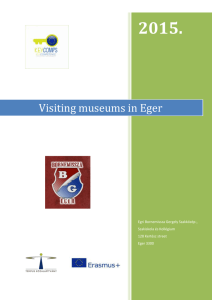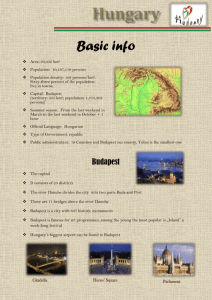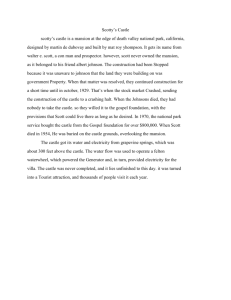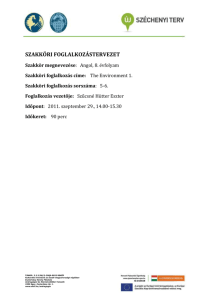Our historical sites
advertisement
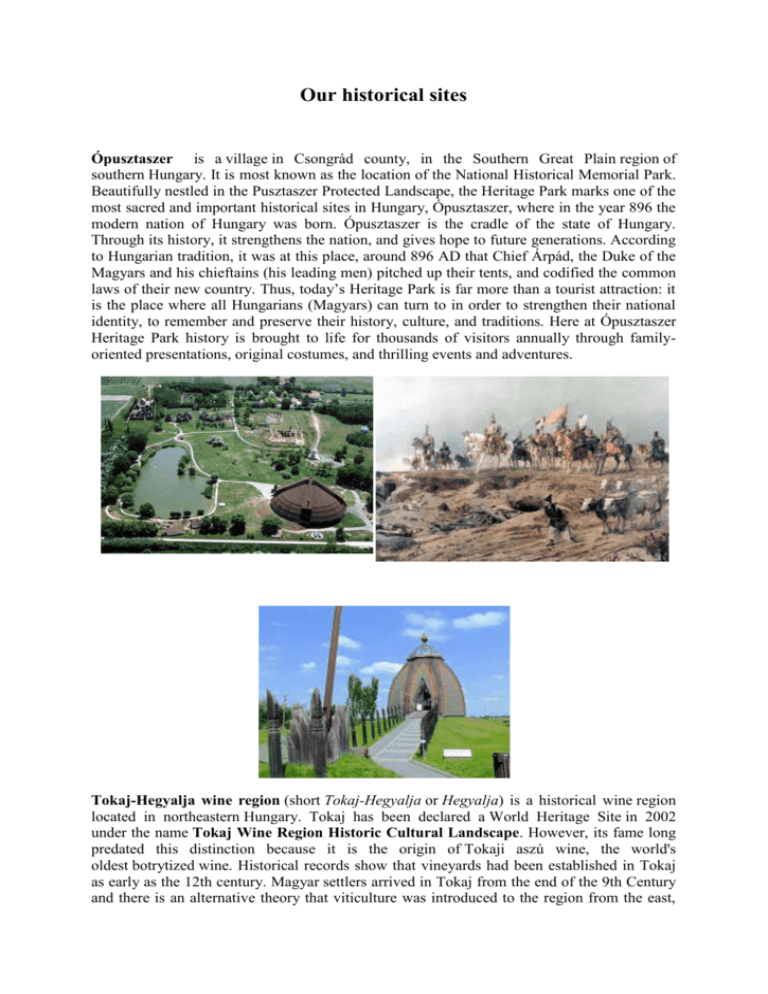
Our historical sites Ópusztaszer is a village in Csongrád county, in the Southern Great Plain region of southern Hungary. It is most known as the location of the National Historical Memorial Park. Beautifully nestled in the Pusztaszer Protected Landscape, the Heritage Park marks one of the most sacred and important historical sites in Hungary, Ópusztaszer, where in the year 896 the modern nation of Hungary was born. Ópusztaszer is the cradle of the state of Hungary. Through its history, it strengthens the nation, and gives hope to future generations. According to Hungarian tradition, it was at this place, around 896 AD that Chief Árpád, the Duke of the Magyars and his chieftains (his leading men) pitched up their tents, and codified the common laws of their new country. Thus, today’s Heritage Park is far more than a tourist attraction: it is the place where all Hungarians (Magyars) can turn to in order to strengthen their national identity, to remember and preserve their history, culture, and traditions. Here at Ópusztaszer Heritage Park history is brought to life for thousands of visitors annually through familyoriented presentations, original costumes, and thrilling events and adventures. Tokaj-Hegyalja wine region (short Tokaj-Hegyalja or Hegyalja) is a historical wine region located in northeastern Hungary. Tokaj has been declared a World Heritage Site in 2002 under the name Tokaj Wine Region Historic Cultural Landscape. However, its fame long predated this distinction because it is the origin of Tokaji aszú wine, the world's oldest botrytized wine. Historical records show that vineyards had been established in Tokaj as early as the 12th century. Magyar settlers arrived in Tokaj from the end of the 9th Century and there is an alternative theory that viticulture was introduced to the region from the east, possibly by the Kabar tribe. The Magyars themselves seem to have had an ancient tradition of wine-making. Tokaji wine became an increasingly important commodity for the region from the 17th century. Tokaji wine was then served at the Versailles Court, where it became known under the name of Tokay. In the 18th Century, Tokaj reached the height of its prosperity. There are now almost 600 wineries in the region, of which about 50 produce the full range of wines. Eger is the second largest city in Northern Hungary, the county seat of Heves, lying between the Mátra and Bukk mountains. Eger is best known for its castle, thermal baths, historic buildings (including the northernmost Turkish minaret), and red and white wines. Eger has been inhabited since the Stone Age. Today's Eger was formed in the 10th century by St. Stephen (997–1038), the first Christian king of Hungary, who founded anepiscopal see in Eger. The first cathedral of Eger was built on Castle Hill, within the present site of Eger Castle. Eger grew up around its former cathedral and has remained an important religious centre in Hungary since its foundation. The 14th-16th centuries were an age of prosperity for Eger. The bishops of Eger built beautiful buildings in the city during the 18th and 19th centuries. The Castle of Eger is a castle in Eger, Hungary. Historically, it is known for its repelling of the Turkish attack in 1552 during the Siege of Eger. The first castle was built on the high hill named Várhegy at Felsőtárkány near Eger. During the Mongol invasion in 1241, this castle was ruined, and the bishop of Eger moved it to a rocky hill in the city of Eger. On the hill, a new castle was built, and it developed rapidly. In 1470 a Gothic palace was built. In 1552, a Turkish army of 35,000-40,000 soldiers attacked the castle which had 2,100-2-300 defenders. The siege failed as the Turks suffered heavy casualties. A total of 1,700 of the defenders survived. After that Turks sieged the castle again in 1596, resulting in victory of Turks. In 1701, the Austrians exploded half of the castle

